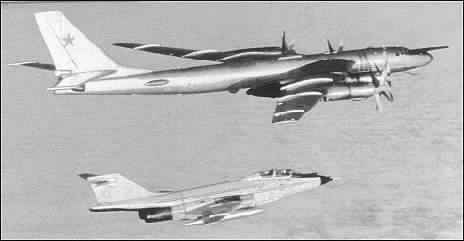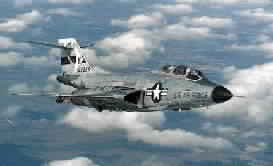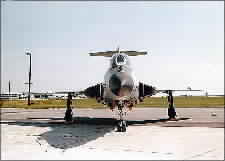|
|
|
|
|
|
|
|
|
|
|
|
|
|
|
|
|
|
|
|
|
|
|
|
|
|
|
|
|
|
|
|
|
|
|
|
|
|
|
|
|
|
|
|
|
|
|
|
|
|
|
|
|
|
|
|
|
|
|
|
|
|
|
 |
|
 |
 |
 |
 |
 |
 |
 |
 |
 |
 |
 |
 |
 |
 |
 |
 |
 |
 |
 |
 |
 |
 |
 |
 |
 |
 |
 |
 |
 |
 |
 |
 |
 |
 |
 |
 |
 |
 |
 |
 |
 |
 |
 |
 |
 |
 |
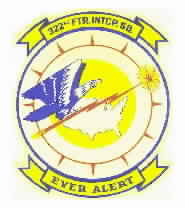 |
 |
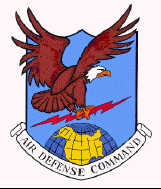 |
 |
 |
 |
 |
 |
 |
 |
|
 |
 |
|
|
|
 |
 |
 |
| 408th Fighter Group |
| 322nd Fighter Interceptor Squadron |
| 408th CAMRON |
 |
|
|
 |
 |
 |
 |
|
|
|
 |
 |
 |
| Kingsley Field AFB |
| Klamath Falls, OR |
 |
|
|
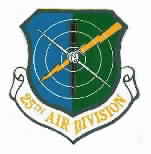 |
|
 |
 |
 |
 |
 |
 |
 |
 |
 |
 |
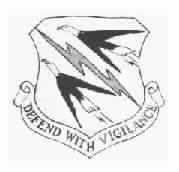 |
|
 |
 |
 |
 |
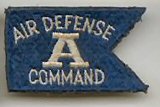 |
|
|
 |
 |
 |
 |
 |
 |
 |
 |
 |
 |
 |
 |
 |
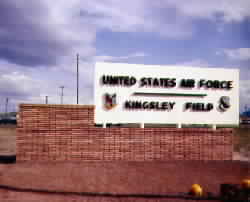 |
|
 |
 |
 |
 |
 |
 |
 |
 |
 |
 |
 |
 |
 |
 |
 |
|
|
|
 |
 |
 |
| The Main Gate at Kingsley Field in Klamath Falls, Oregon. |
| Home of the 408th Fighter Group, the 322nd FIS and the 408th CAMRON |
 |
|
|
|
 |
 |
 |
 |
 |
 |
 |
 |
|
|
 |
 |
 |
 |
 |
 |
 |
 |
 |
|
|
|
 |
 |
 |
| Just another day at 'the office' escorting this Russian Tupelov Bear out over the Pacific and 'lighting up' their ECM gear |
 |
|
|
 |
 |
 |
 |
 |
 |
 |
 |
 |
 |
 |
 |
 |
 |
 |
 |
 |
 |
 |
 |
 |
 |
 |
 |
 |
 |
 |
 |
 |
 |
 |
 |
 |
 |
 |
|
 |
 |
 |
 |
|
|
|
|
|
|
 |
 |
 |
| F-101B Tail # 57-301 1962-1964 |
| McDonnell F-101B-85-MC Voodoo -- 301 converted to RF-101B in 1971-72 |
 |
|
|
 |
 |
 |
 |
 |
 |
 |
 |
 |
 |
 |
 |
 |
 |
 |
 |
 |
 |
 |
|
 |
 |
 |
 |
 |
 |
 |
|
 |
 |
|
|
|
 |
 |
 |
| Jack Ciaccia (rear cockpit) |
|
| Bill O'Neill (front cockpit) |
 |
|
|
 |
 |
 |
 |
 |
 |
|
|
 |
 |
 |
 |
 |
 |
 |
 |
 |
 |
 |
 |
 |
 |
 |
 |
 |
 |
 |
 |
 |
 |
 |
 |
 |
 |
 |
 |
 |
 |
 |
 |
 |
 |
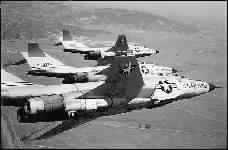 |
|
 |
 |
 |
 |
 |
 |
 |
 |
 |
 |
 |
 |
 |
 |
 |
 |
 |
 |
 |
 |
 |
 |
|
 |
 |
 |
 |
 |
 |
 |
 |
 |
 |
 |
 |
 |
 |
 |
 |
 |
 |
|
|
|
 |
 |
 |
| Picture of the REO's (rear) cockpit |
 |
|
|
 |
 |
 |
 |
 |
 |
 |
 |
 |
 |
 |
 |
 |
 |
 |
 |
 |
 |
 |
 |
 |
 |
 |
 |
 |
 |
 |
 |
 |
 |
 |
 |
 |
 |
 |
 |
 |
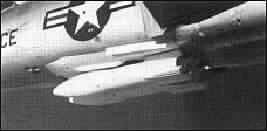 |
 |
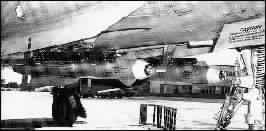 |
|
|
 |
 |
 |
 |
 |
 |
 |
 |
 |
 |
 |
 |
 |
 |
 |
 |
 |
 |
 |
 |
 |
 |
 |
 |
 |
 |
 |
 |
 |
 |
 |
 |
 |
 |
 |
 |
 |
 |
|
|
|
 |
 |
 |
| 800 lb. AIR-2A "Genie" Rockets |
 |
|
 |
 |
 |
 |
 |
 |
 |
|
|
|
 |
 |
 |
| AIM-4 air to air missiles |
 |
|
|
|
 |
 |
 |
 |
 |
 |
 |
 |
 |
 |
 |
 |
 |
 |
 |
 |
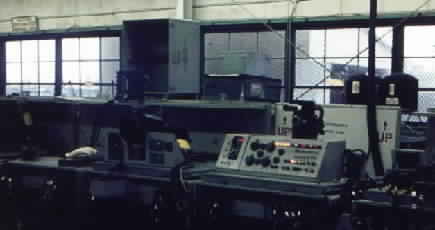 |
 |
 |
 |
 |
|
|
 |
 |
 |
 |
 |
 |
 |
 |
 |
 |
 |
|
|
|
 |
 |
 |
| 1962 picture of the RADAR "mock-up", which housed two complete Hughes MG-13 Fire Control Systems, used in the F-101B. Flight line RADAR techs would bring suspected bad "black boxes" here from birds returning from missions with "RADAR out" status, for check out and repair by techs who worked in the mock-up. |
 |
|
|
 |
 |
 |
 |
 |
 |
 |
 |
 |
 |
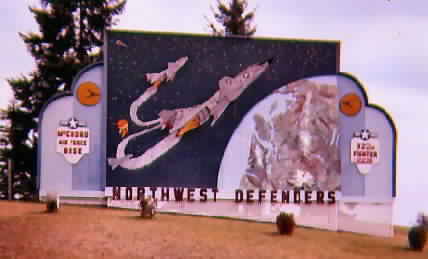 |
|
 |
 |
 |
 |
 |
|
|
|
 |
 |
 |
| The 408th and their F-101B's were sent TDY to McChord AFB when the F-106's there were grounded in 1962 for various maintenance issues. The men of the 408th Fighter Group decided to change the sign at the entrance of the main gate one evening depicting our old, reliable F-101B's towing the much newer F-106's around... much to the dismay of the McChord AFB security people and their Base Commander. |
 |
|
|
 |
 |
 |
 |
 |
 |
 |
 |
 |
 |
 |
 |
 |
 |
 |
 |
 |
 |
 |
 |
 |
 |
 |
 |
 |
 |
 |
 |
 |
 |
 |
 |
 |
 |
 |
 |
 |
 |
 |
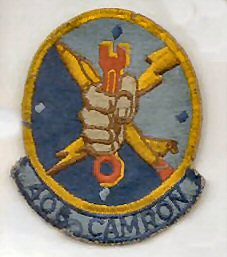 |
 |
 |
 |
 |
 |
 |
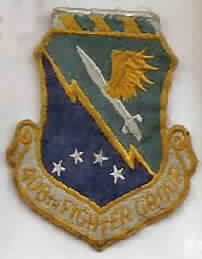 |
|
 |
 |
 |
 |
 |
 |
 |
 |
 |
 |
 |
 |
|
|
|
 |
 |
 |
| Insignia of the 408th Consolidated Aircraft Maintenance Squadron (CAMRON) stationed at Kingsley Field, Oregon |
 |
|
|
|
|
|
 |
 |
 |
| Insignia of the 408th Fighter Group stationed at Kingsley Field, Oregon |
 |
|
|
|
 |
 |
 |
 |
 |
 |
 |
 |
 |
 |
 |
 |
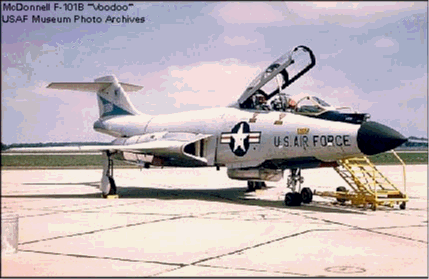 |
|
 |
 |
 |
 |
 |
 |
 |
 |
 |
 |
 |
 |
|
|
|
 |
 |
 |
| Developed from the XF-88 penetration fighter, the F-101 originally was designed as a long-range bomber escort for the Strategic Air Command. However, when high-speed, high-altitude jet bombers such as the B-52 entered active service, escort fighters were not needed. Before production began, the F-101 design was changed to fill both tactical and air defense roles. |
| The F-101 made its first flight on Sept. 29, 1954. The first production F-101A became operational in May 1957, followed by the F-101C in September 1957 and the F-101B in January 1959. By the time F-101 production ended in March 1961, McDonnell had built 785 Voodoos including 480 F-101Bs, the two-seat, all-weather interceptor used by the Air Defense Command. In the reconnaissance versions, the Voodoo was the world's first supersonic photo-recon aircraft. RF-101s were used widely for low-altitude photo coverage of missile sites during the 1962 Cuban Missile Crisis and during the late 1960s in Southeast Asia. Attack fighter, interceptor and reconnaissance versions served with the U.S. Strategic Air Defense and Tactical Air Commands and in Canada. The multimission F-101 Voodoo was used by all three U.S. Air Force Commands -- Strategic, Tactical and Air Defense. |
|
| In Operation Firewall on Dec. 12, 1957, an F-101A fighter-bomber set a world speed record of 1,207 mph. In Operation Sun Run in 1957, an RF-101 raced from Los Angeles to New York and back to Los Angeles in a record time of 6 hours, 46 minutes. |
|
| The last Voodoo retired in 1986. |
|
| General Characteristics |
| Primary function: fighter, reconnaissance |
|
| Span: 39 feet 8 inches |
| Length: 71 feet 1 inches |
| Height: 18 feet |
| Weight: 52,400 pounds max. |
| Armament: Two AIR-2A rockets plus two AIM-4 guided missiles |
| Engines: Two Pratt & Whitney J57-P-55s of 16,900 pounds thrust each (with afterburner) |
| Crew: Two |
| Cost: $1,819,000 |
| Maximum speed: 1,095 mph |
| Cruising speed: 545 mph |
| Range: 1,754 miles |
| Service ceiling: 52,100 feet |
 |
|
|
 |
 |
 |
 |
 |
 |
 |
 |
 |
 |
 |
 |
 |
 |
 |
 |
 |
 |
 |
 |
 |
 |
 |
 |
 |
 |
|








